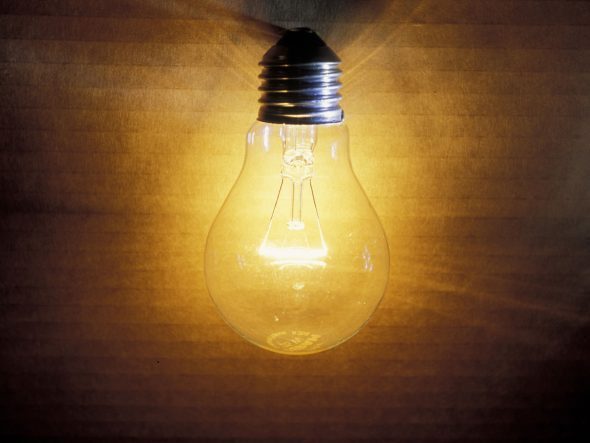More details have been released about the reserve trader mechanism deployed in Australia’s most coal dependent states over the last few weeks – and it seems that the last activation has been the most lucrative.
According to the Australian Energy Market Operator, its Reliability and Emergency Reserve Trader (RERT) mechanism was activated in Queensland on July 5 in response to a “lack of reserve 2” declaration, meaning that just one more outage could have triggered load shedding for some consumers.
It appears that not much of the RERT capacity was needed, and in the end just 10 megawatt hours (MWh) was deployed, but at an eye watering cost of $658,211, or an average of $65,821/MWh.
That sum does include “pre-activation” costs, but industry insiders say this is usually not significant. There was no immediate information on what sort of technology or industry was deployed at that cost.
It could, for instance, have been a large smelter that reduced consumption, or “aggregated” offerings from commercial and business consumers. We have asked AEMO if more information will be revealed.
While the per megawatt hour cost of the latest activation was extraordinary high, the sort of rate former prime ministers and presidents charge for after-dinner speeches, the total cost of that event is just a fraction of previous activations.
For instance, more than $86 million was spent on RERT activations in May and June, when the RERT was deployed on multiple occasions in response to the energy crisis and ongoing coal plant outages, particularly in NSW which struggled to meet capacity.
As we reported in late June – see The staggering cost of Australia’s fossil fuel energy crisis – those multiple RERT activation were delivered at an average cost of more than $20,000/MWh, and all but $4 million of it to providers in NSW.
It included payments of $29.9 million paid to providers in NSW on June 17 and 18, $34.3 million to NSW and Queensland providers on June 15, and $21.6 million to NSW providers on June 14.
Of course, as we also reported, this pales in significance to the total costs of the energy crisis.
Compensation payments under the price cap that was automatically triggered when the soaring cost of coal and gas generation pushed wholesale market prices into the stratosphere, and the later market suspension forced by the withdrawal of capacity, will total well over $1 billion, and up to $1.6 billion.
And the total cost of the soaring prices has translated into a more than doubling of market turnover on the National Electricity Market to more than $26 billion in 2021/22, up from $11.9 billion in the previous financial year.










